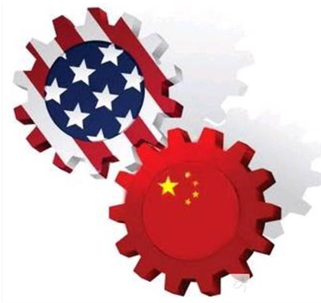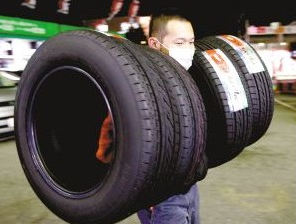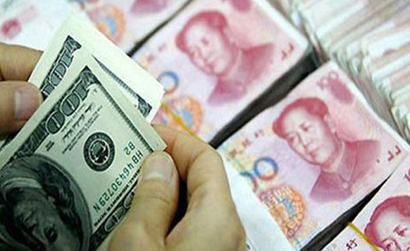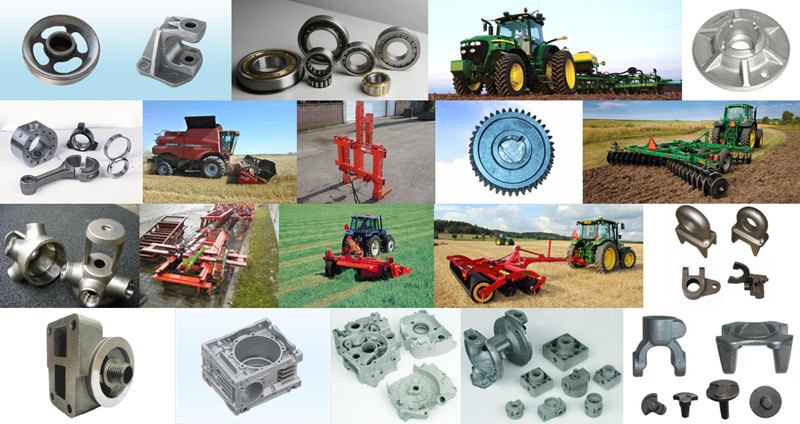China's Tire Enterprises "Get Together" to Build a Plant in the United States
Recently, foreign media disclosed that Triangle Tire Co., Ltd. is planning to build a new factory in the United States.
TireWorld.com called Delta tires. The other party stated that the globalized layout is the company's established strategy, but there is no substantive progress in the United States to build a factory. If there is any update, it will be announced to the public at the first time.
It is reported that since last year, a number of Chinese tire companies have announced that they have built factories in the United States, and some have already taken actions.

Enterprises "Get together" to the United States
Not long ago, Guangzhou Wanli Group Co., Ltd. signed an investment agreement with the South Carolina Department of Commerce.
According to the agreement, Wanli Group plans to invest US$1 billion in eight years to build a radial tire factory in Orangeburg County, the state.
The first phase of the plant's planned annual production capacity is 6 million passenger car tires.
Prior to this, Qingdao Sen Unicorn Tire Co., Ltd. selected the United States factory address as LaGrange, Georgia.
The total investment of this project is about 530 million U.S. dollars, and construction is expected to start in the second half of 2017 and put into operation within 1-2 years.
Sen Milin’s US plant has planned production capacity of 12 million high-performance semi-steel radial tires each year. The products are mainly sold to the North American market.
Recently, the overseas layout strategy of Linglong Tire has become increasingly clear. They are choosing the European factory area. It is said that it will be a matter of time before it builds a plant in the United States.
In addition, the focus of production has been on China's Jia Tong Tire, its US plant completed and put into operation this year.
Huayi Group, the parent company of Double Money Tire, also stated that it wants to set up overseas factories in the United States.

Going abroad to build a factory is facing challenges
In recent years, it has become a common phenomenon that Chinese tire companies have gone out of the country as investors. Basically, companies with strength have this intention.
According to analysis, Chinese tire manufacturers have rushed to invest in the United States, which is related to the United States' investigation of Chinese tires.
In 2015, the United States imposed high tariffs on passenger cars and light truck tires imported from China, causing the number of Chinese-related tire products exported to the United States to suffer.
Some industry insiders believe that tire manufacturers do not want to lose the United States this large market, hoping to build a factory to achieve local production, to avoid the "double anti-" high tariffs.
However, for Chinese companies lacking experience in transnational operations, “going out†to build factories also faces great challenges.
"China Tire Corp. needs to have enough corporate strength to build a factory in the United States, not only capital, but also more modern enterprise management capabilities and adaptability to local culture and laws," said a company executive.

Calculate a cost account
Tire World Net found that evading trade frictions is only one aspect, and manufacturing cost is the accounting for tire companies investing overseas.
According to a research report, at present, the cost of manufacturing in the United States has a comparative advantage. China's manufacturing costs are not only higher than in Southeast Asia, South Asia, and Eastern Europe, but also reach more than 90% of the United States.
Not long ago, the building of Fuyao Glass in the United States made a lot of noises. One of the focuses of debates among all walks of life is the lower cost of manufacturing in the United States and China.
"Glass King" Cao Dewang's comparison, whether accurate or not, reflects from the side that Chinese manufacturing and American manufacturing are already comparable in cost.
"On the basis of comparable costs, the coveted US market has become a decisive bargaining chip. This is very attractive to Chinese tire companies," said a senior executive of a domestic tire company.
In addition, the U.S. policy advantages are also emerging.
In recent years, with the promotion of the government, the United States has seen a clear reversal of manufacturing.
According to a report from consulting firm Accenture, 61% of U.S. manufacturing managers said they are considering moving China's production capacity back to the United States.
This figure is higher at rubber and plastic products companies, at 67%.
Agricultural Machinery can also be used in accordance with the power and supporting the classification. The application of agricultural machinery power can be divided into two parts: part for agricultural machinery to walk or move according to the human (portable, shoulder, chest hanging and push pull), animal traction, tractor and dynamic self walking type; another part for the working parts of agricultural machinery drivers.
Photo of our Agricultural Equipment:

New technology and the future
The basic technology of Agricultural Machines has changed little in the last century. Though modern harvesters and planters may do a better job or be slightly tweaked from their predecessors, the US$250,000 combine of today still cuts, threshes, and separates grain in the same way it has always been done. However, technology is changing the way that humans operate the machines, as computer monitoring systems, GPS locators, and self-steer programs allow the most advanced tractors and implements to be more precise and less wasteful in the use of fuel, seed, or fertilizer. In the foreseeable future, there may be mass production of driverless tractors, which use GPS maps and electronic sensors.
Open Source Agricultural Equipment
Many farmers are upset by their inability to fix the new types of high-tech farm equipment. This is due mostly to companies using intellectual property law to prevent farmers from having the legal right to fix their equipment (or gain access to the information to allow them to do it). This has encouraged groups such as Open Source Ecology and Farm Hack to begin to make open source agricultural machinery. In addition on a smaller scale FarmBot and the RepRap open source 3D printer community has begun to make open-source farm tools available of increasing levels of sophistication. In October 2015 an exemption was added to the DMCA to allow inspection and modification of the software in cars and other vehicles including agricultural machinery.
Type
Combines might have taken the harvesting job away from tractors, but tractors still do the majority of work on a modern farm. They are used to push implements-machines that till the ground, plant seed, and perform other tasks.
Tillage implements prepare the soil for planting by loosening the soil and killing weeds or competing plants. The best-known is the plow, the ancient implement that was upgraded in 1838 by John Deere. Plows are now used less frequently in the U.S. than formerly, with offset disks used instead to turn over the soil, and chisels used to gain the depth needed to retain moisture.
The most common type of seeder is called a planter, and spaces seeds out equally in long rows, which are usually two to three feet apart. Some crops are planted by drills, which put out much more seed in rows less than a foot apart, blanketing the field with crops. Transplanters automate the task of transplanting seedlings to the field. With the widespread use of plastic mulch, plastic mulch layers, transplanters, and seeders lay down long rows of plastic, and plant through them automatically.
After planting, other implements can be used to cultivate weeds from between rows, or to spread fertilizer and pesticides. Hay balers can be used to tightly package grass or alfalfa into a storable form for the winter months.
Modern irrigation relies on machinery. Engines, pumps and other specialized gear provide water quickly and in high volumes to large areas of land. Similar types of equipment can be used to deliver fertilizers and pesticides.
Besides the tractor, other vehicles have been adapted for use in farming, including trucks, airplanes, and helicopters, such as for transporting crops and making equipment mobile, to aerial spraying and livestock herd management
Agricultural Equipment
Agricultural Machinery,Agricultural Machines,Agriculture Machine,Agricultural Equipment
Unisite Group Ltd. , https://www.shipsparts.nl
